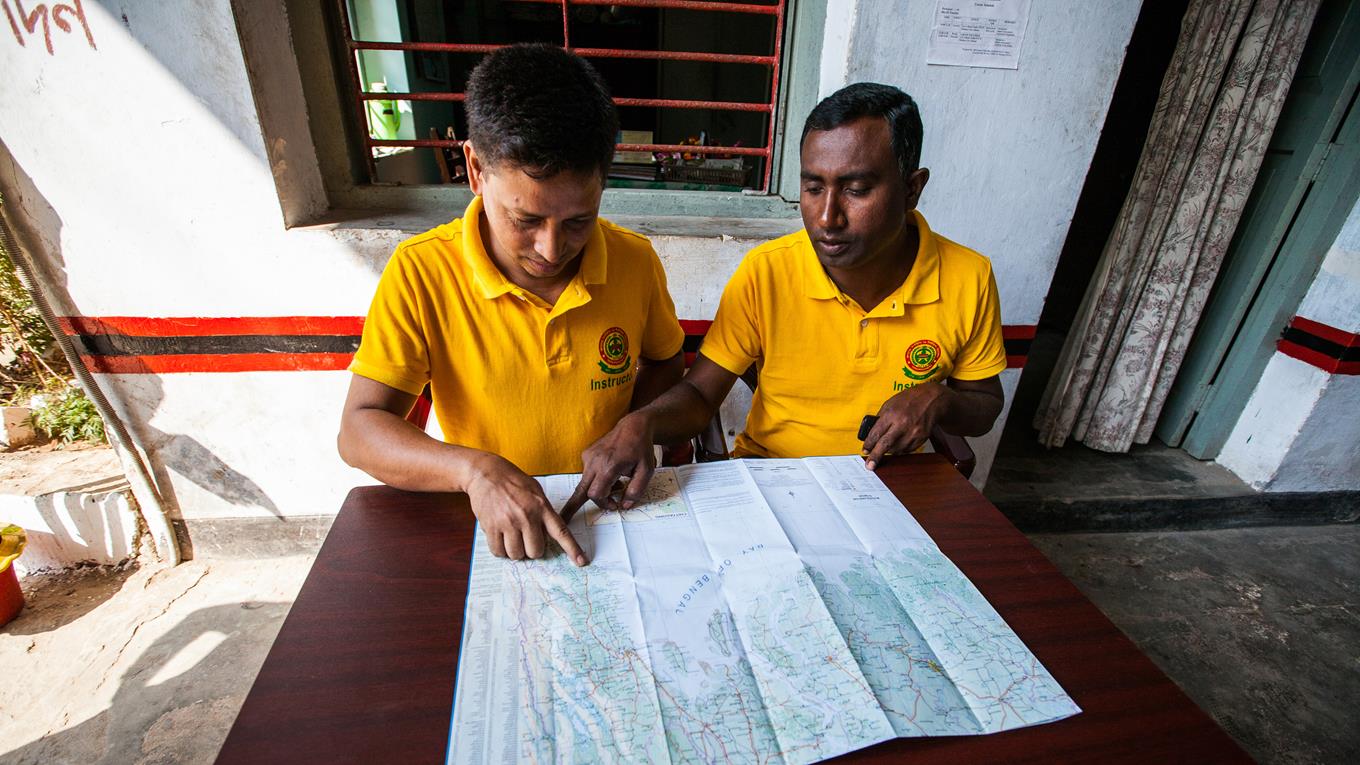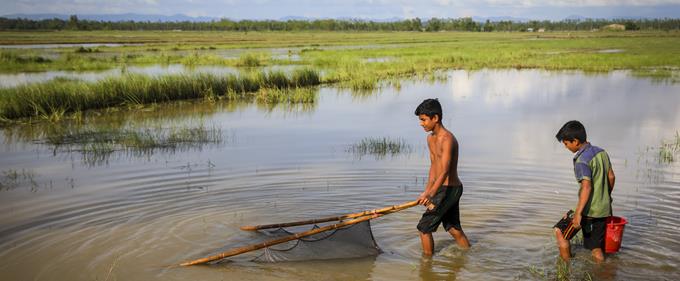
Define a framework
Set objectives and select evidence based drowning prevention strategies to be implemented.
Overview
Once you have developed your strategy and key objectives you will be in a good position to identify and focus on which drowning prevention strategies to implement. It is important to prioritise activity based on data. It is very likely the amount of resource available will limit how much you can do and when. Therefore, you need to agree with your stakeholders which activity will achieve the most return (Note: for example this may include raising awareness or donor interest initially rather than reducing the number of lives saved or a change in behaviour).
Why it is important
Reach the target audience with the correct intervention(s)
Maximise resource availability/efficiency
Use good practice methods to minimise the opportunity for failure/reduce risk
Challenge and considerations
- Finding suitable programmes/policy areas that have an evidence base
- Finding appropriate partners to work with
- Having the correct technical capacity
- How will you monitor it?
Methods
The WHO has categorised the following methods to reduce the threat of drowning: targeted prevention strategies, improved community infrastructure, public awareness, appropriate policies and legislation, and research that refines what is seen as best practice and that identifies new drowning prevention strategies. It is also important that interventions and policies are adapted for different settings. The WHO lists 8 key strategy areas:
- Reduce exposure to water hazards through strategic use of barriers
- Close and capable adult supervision for young children
- Improve swimming and water safety skills
- Requirements for use of personal floatation devices
- Comprehensive boating regulations and enforcement
- Signage and designation of hazardous water bodies
- Timely rescue and resuscitation by trained bystanders or lifesavers through mouth to month resuscitation and chest compression when needed
- Supervision of recreational swimming areas
Step 4
Define a framework

